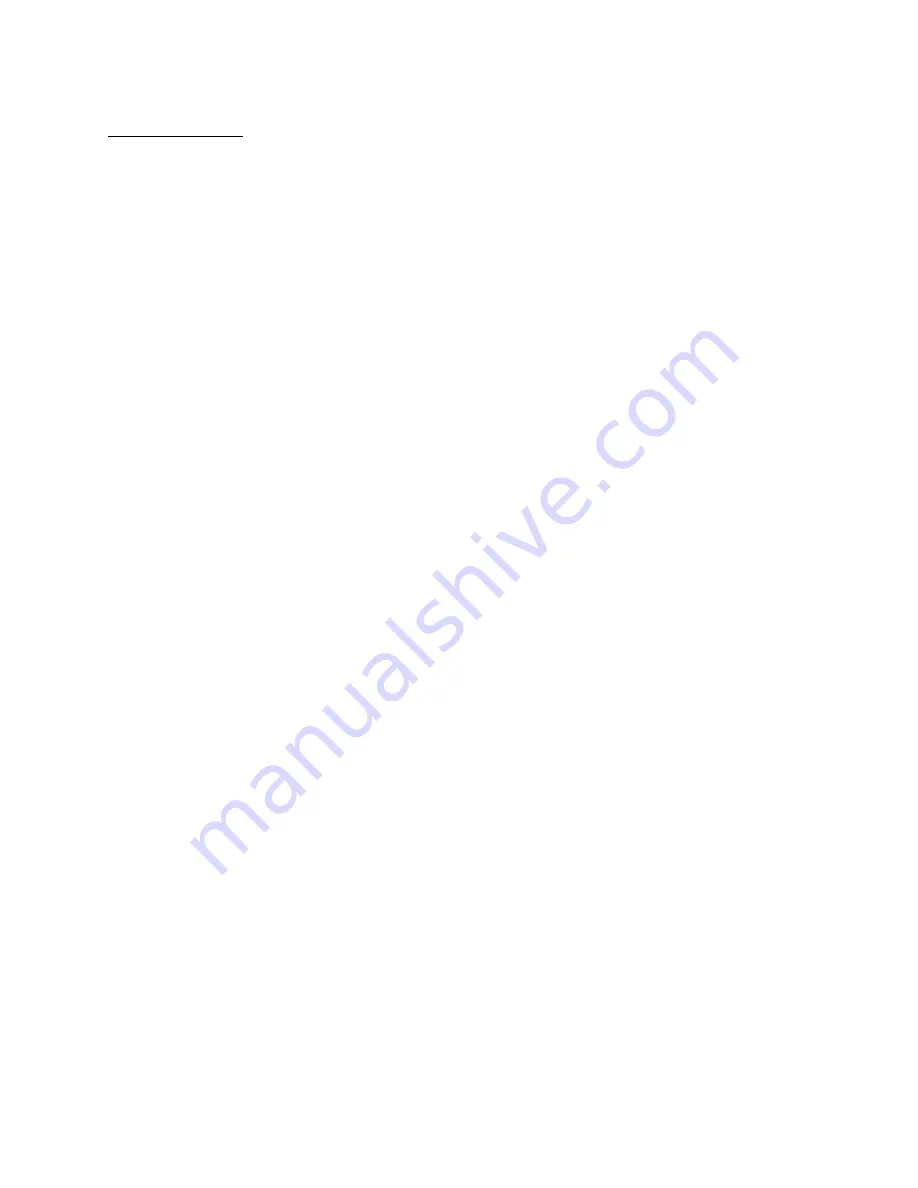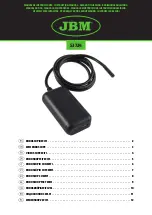
INTRODUCTION
We cannot possibly answer all questions about the operation of CLIPPER CLEANERS in
this manual. We will try to give you basic information on the installation of your cleaner,
various adjustments for greater efficiency and a list of screen suggestions for top
performance from your cleaner.
There is nothing complex about the operation of a good seed or grain cleaner. The
operator has to familiarize himself with the machine and take time to study the shapes and
characteristics of the different commodities to be cleaned.
A commodity is cleaned to separate the good, marketable product from all impurities.
From a mechanical point of view poor cleaning is in most cases, caused by lack of proper
screens, improper use of screens or faulty regulation of the cleaner.
Perforations in the top screen should be just large enough to let the commodity being
cleaned fall through readily and small enough to scalp off foreign material such as sticks,
stems, chaff and larger seeds, or grain other than the product being cleaned. For most
commodities a round hole top screen is recommended.
After the round hole top screen has removed the objectionable foreign material larger than
the commodity being cleaned, the perforations of the lower two screens go to work. The
bottom screens remove foreign material smaller than the product being cleaned. Any
immature kernels, sand, dirt, or small weed seeds drop through the bottom two screen and
the good commodity passes over the bottom two screens. For most commodities, an
oblong sifting bottom screen is recommended.
Multiple screen cleaners permit normal top and bottom separations, plus additional
separations by shape. Screen recommendations for cleaning grain and seed are furnished
with this manual.
The purpose of air separations is to remove all possible light material without waste of
good grain or seed, and to control dust. Detailed instructions for regulating and controlling
the air separations are given in this manual.

































